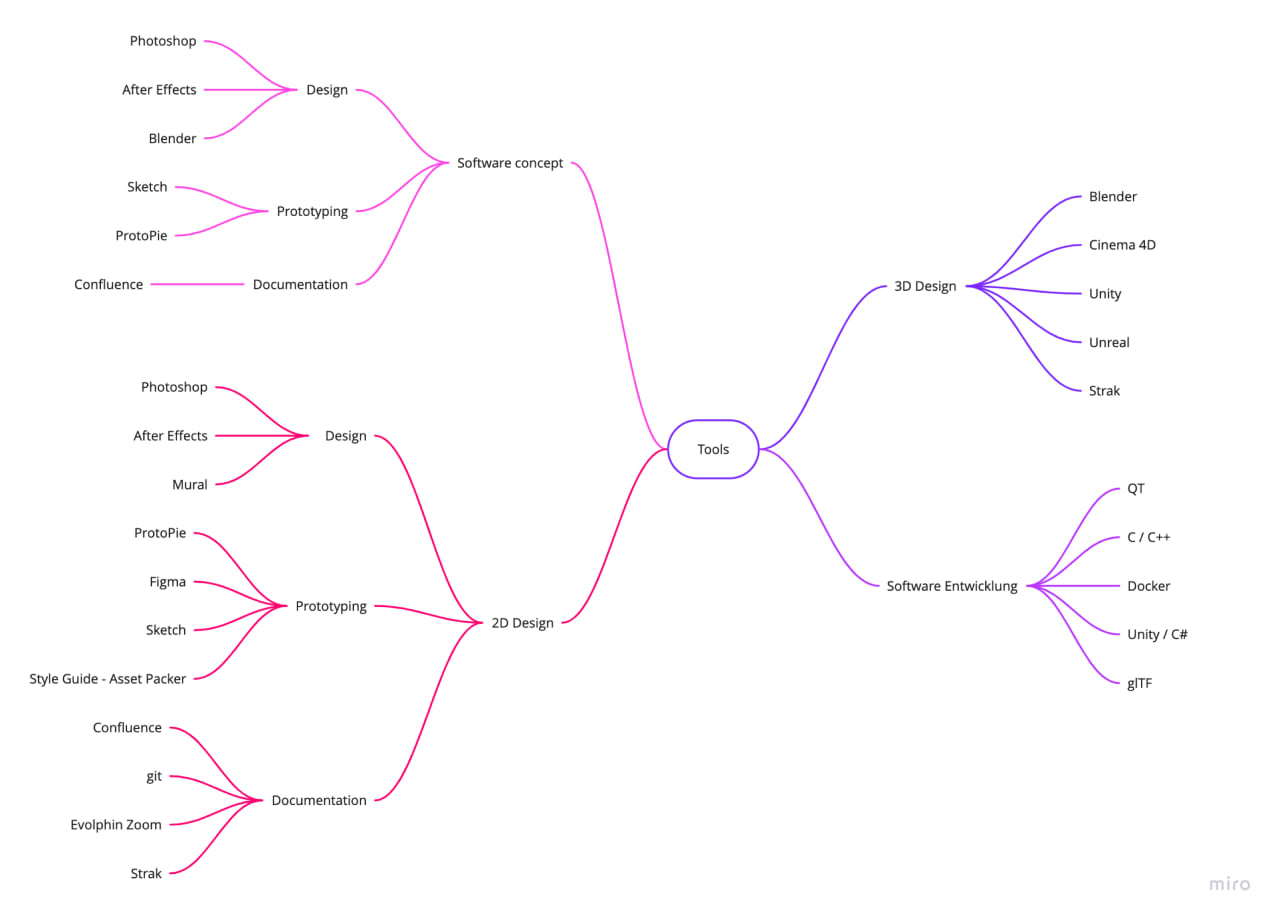Objective
Create a concept for a CMS that allows tracking of all design assets and their history throughout the entire design and development process.
Modernising an obsolete and higly complex & convoluted design process that just doesn't scale anymore.

Create a concept for a CMS that allows tracking of all design assets and their history throughout the entire design and development process.

Ideally, I would have presented a handful of tools that all meet their requirements, lay out the pros and cons of each, and then help them implement the chosen one. To my dismay, no such tool existed. Developing a dedicated one would a) take too long and b) cost too much. So how the hell can I still meet the client’s objective? I decided that I needed to go deeper and to the point where it hurts. What was the real problem? It wasn’t the lack of right tool but rather the far too complex and convoluted process itself (I described their current approach as ‘sculptural design’ and contrasted it with ‘structural design’). Hence, I laid out profound changes and radical simplifications to tools, toolchains, and process. Only then could state-of-the-art tools be implemented to solve the client’s initial goal: an asset (history) tracking system that encompasses the entire design and development phases.
We use a myriad of tools and our assets are neither interchangable nor trackable along the design & development process.
My findings lead to a reassessment of their problem space and internal tools and processes. I was able to bring a higher-level and more holistic view of the client’s inner workings which led to a fundamental shift in how they approach their processes. Furthermore, my work also helped bringing the many different departments closer together who now work much more collaboratively. Ultimately, the end result was a faster and less expensive process.
My work also directly ensured the agency that had hired me a much larger follow-up job that commenced recently, implementing many of my findings and suggestions.
For more information on this project, please contact me directly.